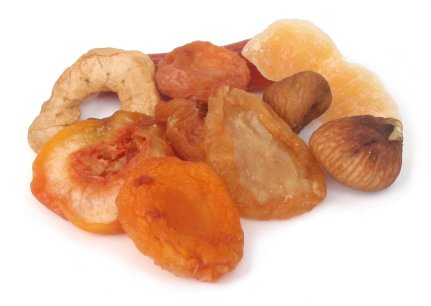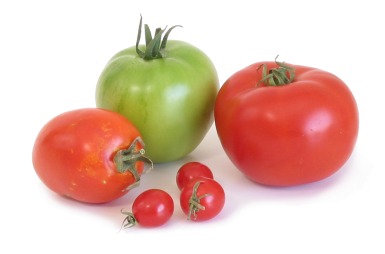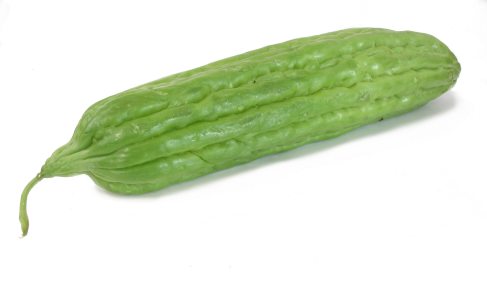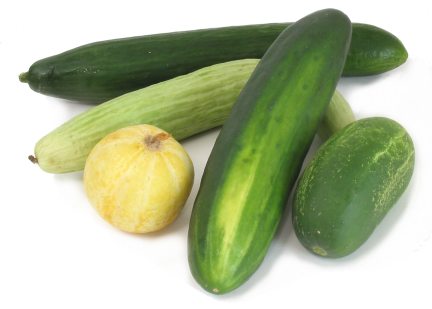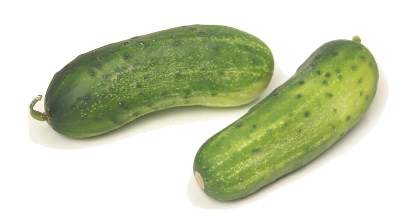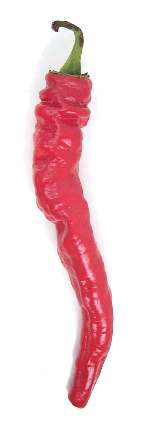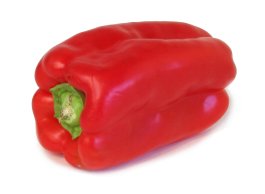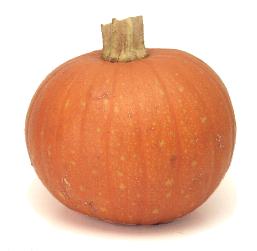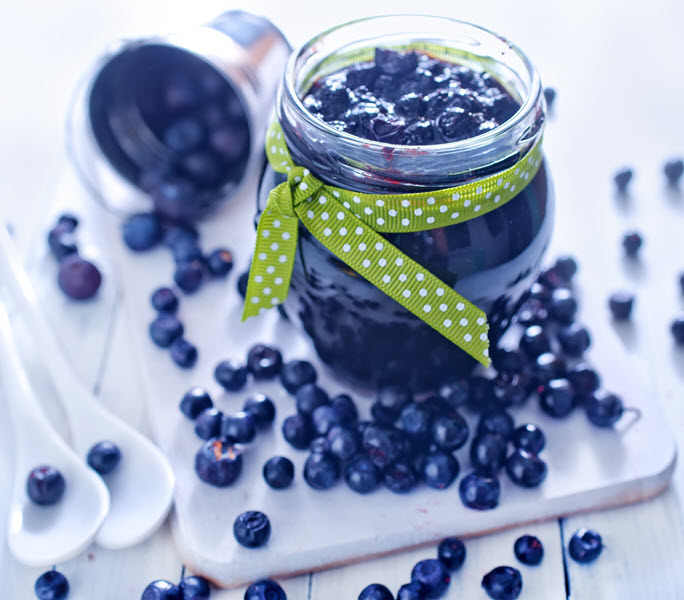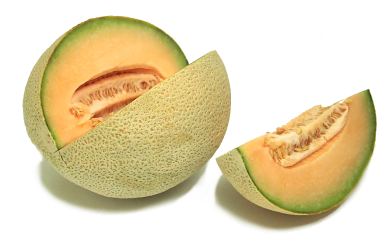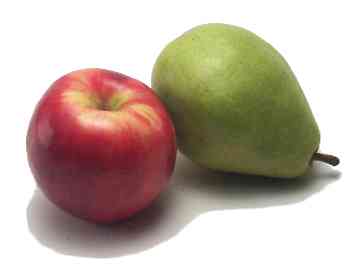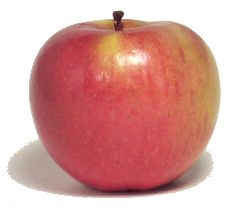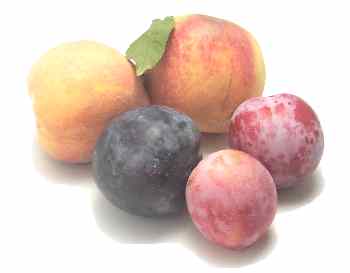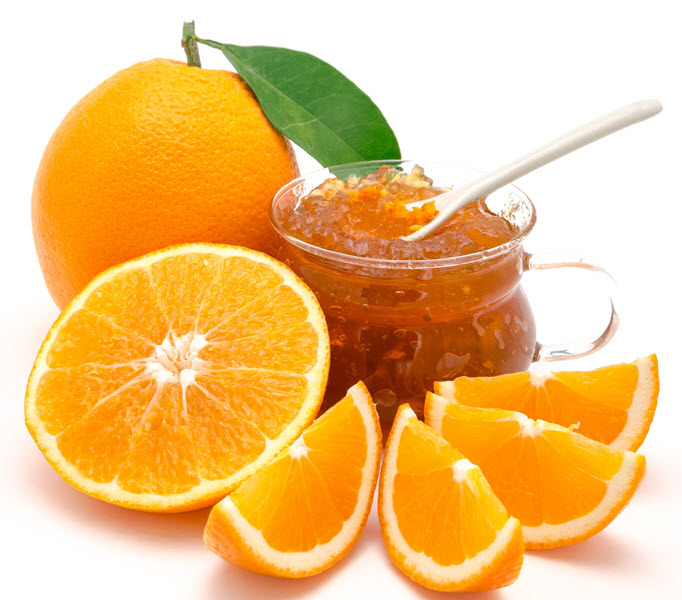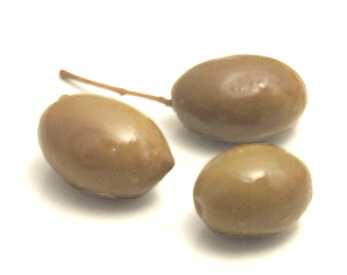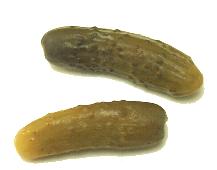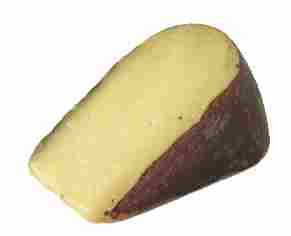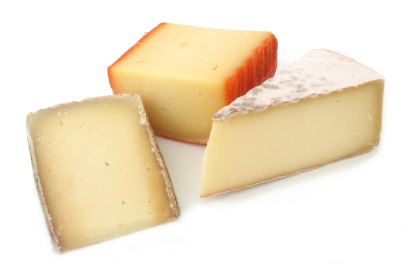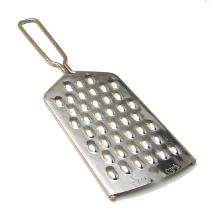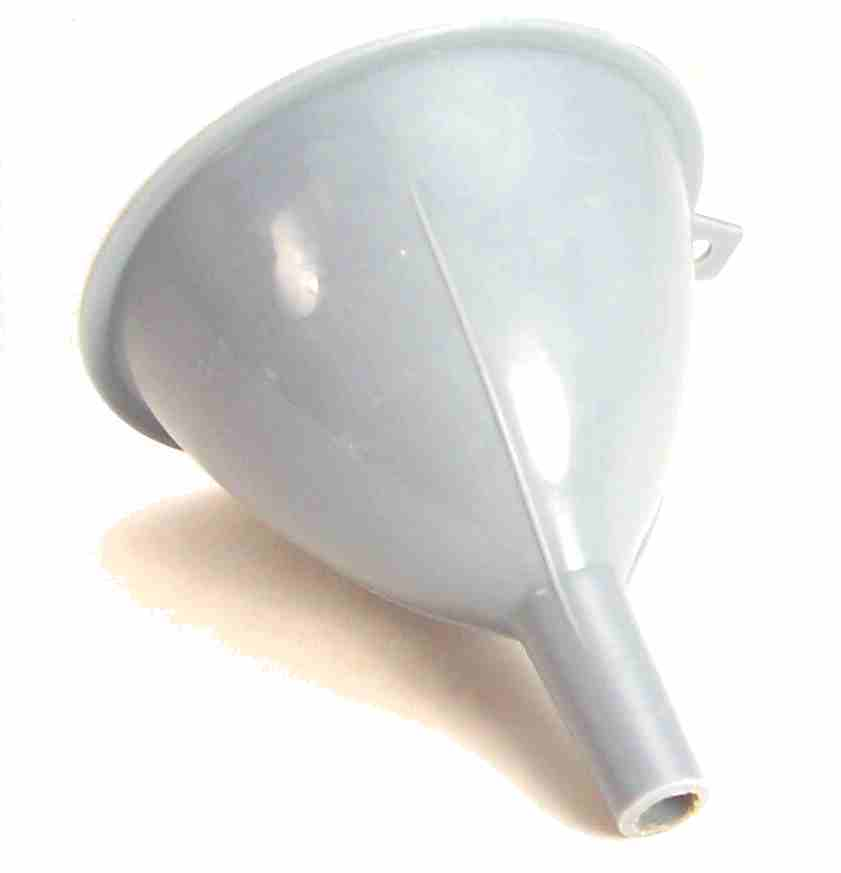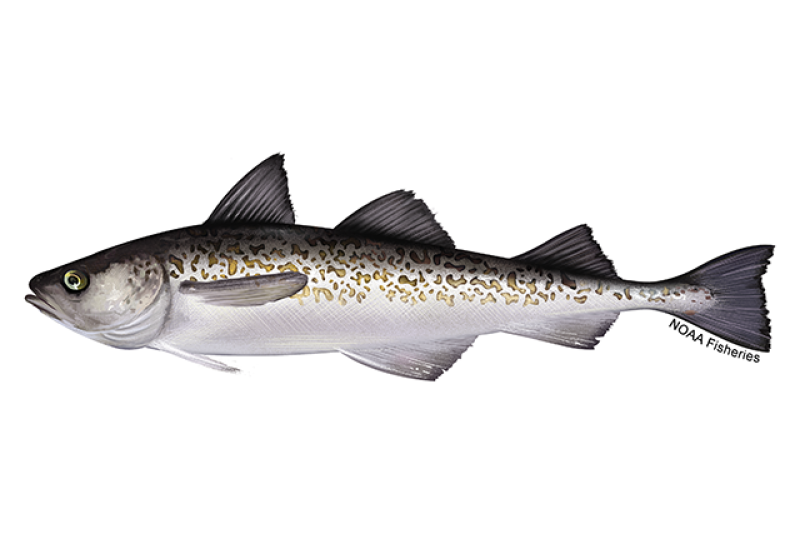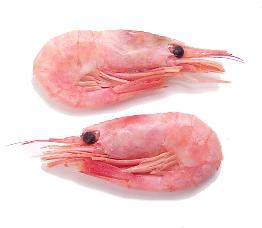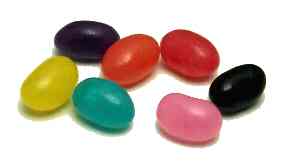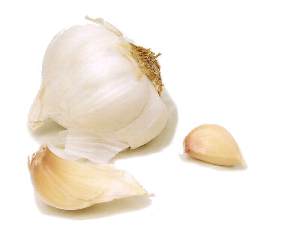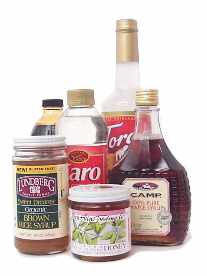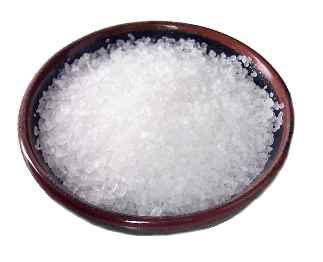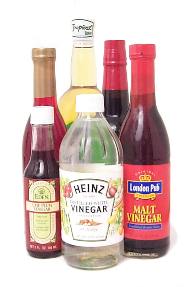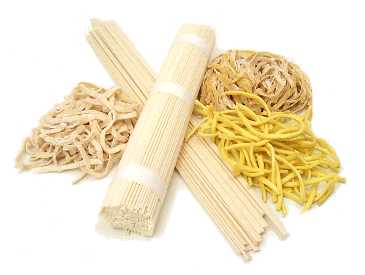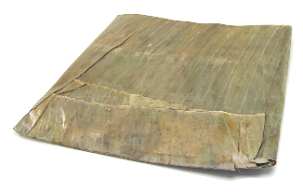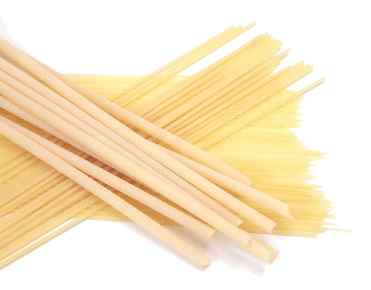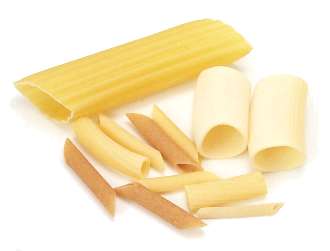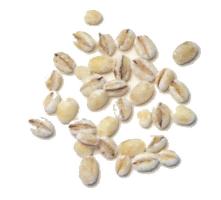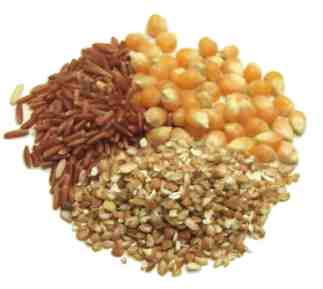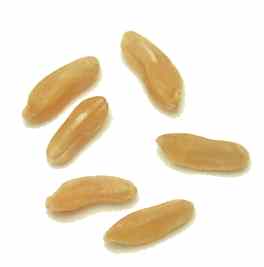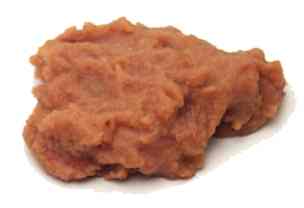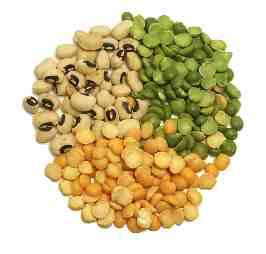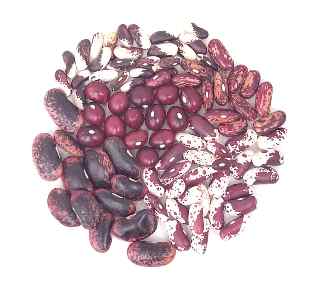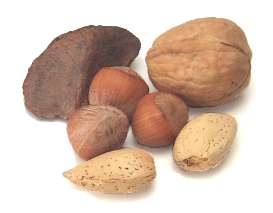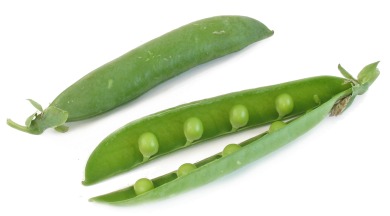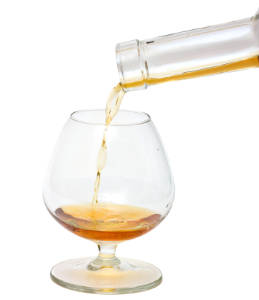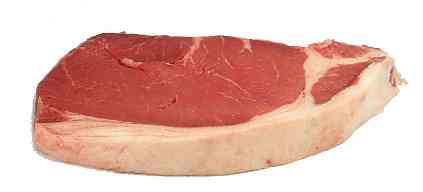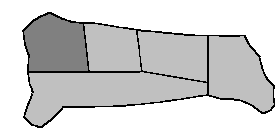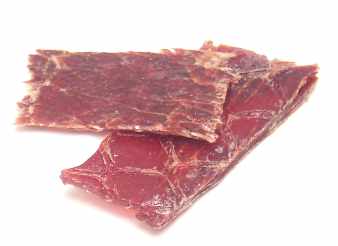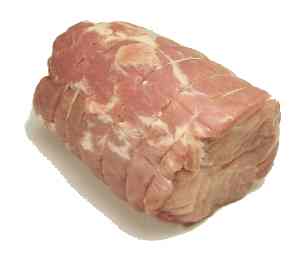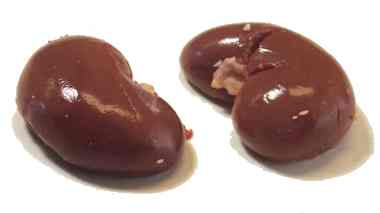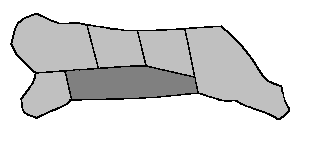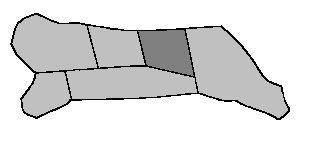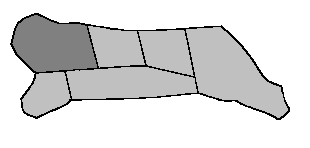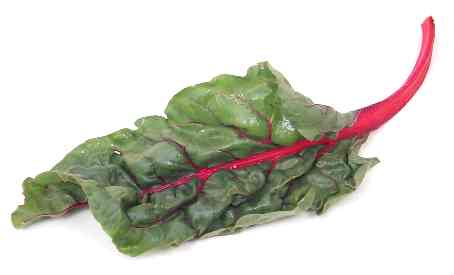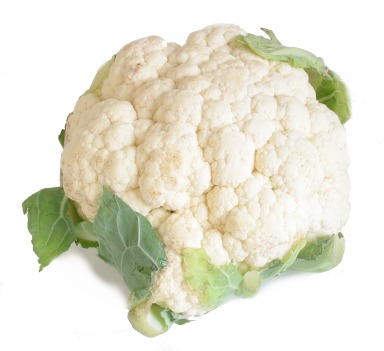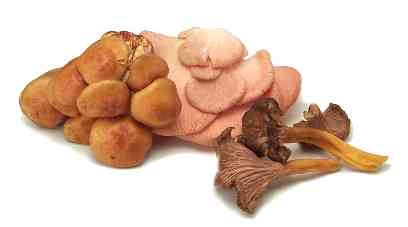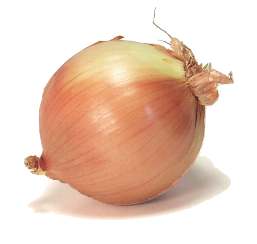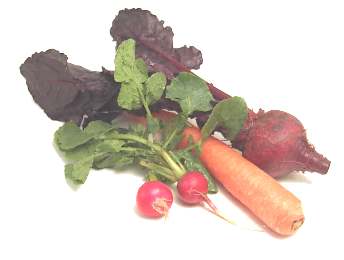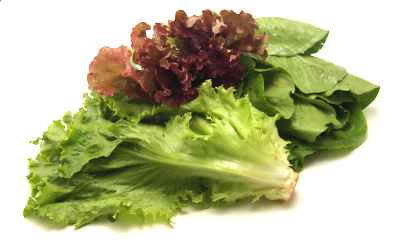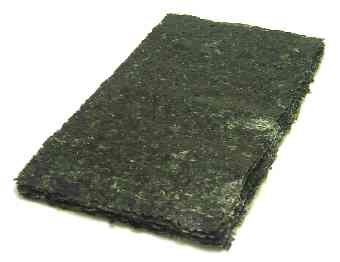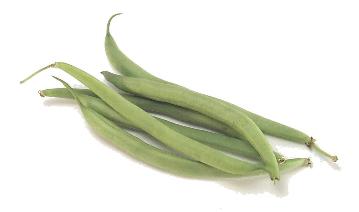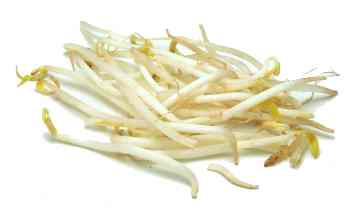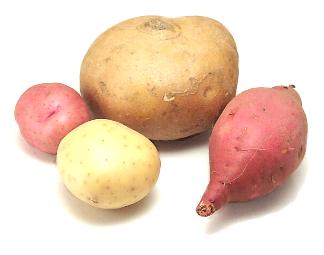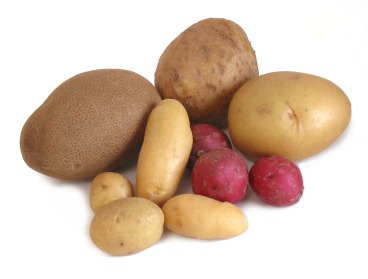Fruit Category

Includes berries, citrus fruit, melons, tropical fruit, and tomatoes
Fruits are the matured ovaries of plants, containing the seeds for the next generation of plants. Many plants cunningly make their fruits sweet, the better to attract animals like us to eat them and disperse the seeds. Fruits are often delicious enough to eat out of hand, but they can also be made into tarts, compotes, shakes, juices, preserves, liqueurs, and many other things.
lime
These tart green fruits are similar to lemons, but they're more acidic and have their own unique flavor. Varieties include the common Persian lime = Tahiti lime and the smaller, less juicy, and more acidic Florida key lime = key lime = Mexican lime. When buying limes, select specimens that are dark green, smaller, thin-skinned, and heavy for their size.
Learn morelimequat
This is a cross between a lime and a kumquat. It's similar in size and shape to a kumquat, but with a green or yellow-green skin. It has a strong lime flavor.
Learn morelingonberry
These tart relatives of the cranberry grow only in cold climates. They're often made into jams, juices, sauces, syrups, or compotes. Scandinavians like to serve sweetened lingonberries with game.
Learn morelitchi
his popular Chinese fruit is about the size of a walnut, with a bumpy red shell encasing white translucent pulp that's similar in texture to a grape. The flavor is sweet, exotic, and very juicy. Don't eat the shell or the seed. Fresh litchis are available from May to July. If you can't find them, canned litchis are a good substitute. Don't confuse fresh litchis with litchi nuts, which are sun-dried litchis that have a much different texture.
Learn morelitchi nut
These are sun-dried litchis. The outer shells are brown and the meat inside looks like a large raisin. Look for them in Asian markets.
Learn moreloganberry
These are like blackberries, only they're dark red when ripe and more acidic. They're especially good in pies and preserves.
Learn morelongan
Longans are very similar to lychees and rambutans. You can buy them fresh (in the summer), dried or canned.
Learn moreloquat
These are popular in Asia, where they're eaten raw and cooked into sauces that accompany meat. They bruise very easily, which may explain their rarity in American markets
Learn moremamey sapote
These are about the size of a large sweet potato. The flesh is salmon-colored, with a sweet, berry-like flavor. They're great for eating out of hand, or for making fruit salads or smoothies. Markets often sell them while they're still hard and underripe, so you need to set them on the counter for a few days until they yield when gently squeezed. Peel them and remove the seeds before serving.
Learn moremandarin orange
These have a pleasant enough flavor, but their big asset is that they come out of their peels and segment easily, so you can eat them in your good clothes. Varieties include the popular tangerine, the seedy but juicy honey tangerine = Murcott, the satsuma orange, the sweet and tiny clementine orange, and the seedy and orange-flavored temple orange.
Learn moremango
It's always a challenge to eat a mango. The pulp clings desperately to both peel and seed, and it can turn into a mushy mess by the time you free it. Despite this, the mango is one of the most popular fruits in the world. It's sweet and juicy, and it has a wonderful, distinctive flavor. Select richly colored, firm mangoes, then let them ripen at home for a few days. Frozen mangoes are good substitutes for fresh.
Learn moremangosteen
Some claim that this is the most delicious fruit on the planet, though it's hard to find in the United States. It's about the size of a tomato, and has a leathery, mottled skin.
Learn moremanzana chili
This habanero relative is often used in salsas. It has black seeds. These are hot.
Learn moreManzanilla olives
These green olives are available in most supermarkets. They're often pitted and stuffed with pimento or garlic. They're often put into martinis.
Learn moremarang
Marang is similar to jackfruit and durian. It has a strong but sweet taste. Marang is native to Borneo and Mindanao.
Learn moremaraschino cherry
These sugar-soaked and dyed cherries come in two colors: red (almond flavored) or green (mint flavored). Cooks usually use them to garnish desserts and drinks.
Learn moremarionberry
After Washington, D.C., mayor Marion Barry was arrested for possessing cocaine in 1989, marion berry jam enjoyed brief popularity as a novelty item.
Learn moreMcIntosh apple
These soft apples are great for snacking or for making applesauce, but don't bake them or put them in pies.
Learn moremedjool dates
These large sweet medjool dates are very popular. If picked early they are called rutab dates. They originated in Tafilalt, Morocco but are enjoyed around the world.
Learn moreMexican avocado
With their small size and shiny black skins, these look like elongated plums. You can eat them, skin and all
Learn moreMexicola avocado
This is a small, black-skinned avocado that's the size and shape of a fig. Since the peel is edible, they can be eaten like a peach. There's a smaller variety, the Mexicola cocktail avocado, that's oblong and virtually seedless. They'd make a great addition to a vegetable platter.
Learn moremincemeat
Mincemeat is made with dried fruit, nuts, citrus peel, spices, and sometimes brandy, rum, or some other liquor. It used to be made with meat as well, and ready-made jars of it sometimes contain beef suet. It's often used for holiday pies.
Learn moremirasol pepper
Mirasol peppers have a distinctive fruity flavor. These are moderately hot. When dried, these are called Guajillo chiles.
Learn moreMission olives
These are the common black ones that are ubiquitous in supermarkets, pizza parlors, and salad bars. They don't have as much character as European black olives.
Learn moremoap patora
This is a variety of winter squash common to south Asia. It has a mildly sweet flavor.
Learn moremonstera
You'll probably have to go to Florida to find this bizarre tropical fruit. It looks like a banana covered with green scales, which buckle and separate as the fruit ripens. Beneath the scales are kernels of pulp, which you scrape off like corn from a cob. The kernels have a pleasant tropical flavor and creamy texture. Wait until the scales separate before eating the kernels--unripe monsteras can irritate your mouth.
Learn moreMoon Drop® grapes
These dark purple elongated sweet seedless grapes are unusually shaped and well regarded.
Learn moremorita pepper
Like the larger mora chili, this is a smoked and dried red jalapeno. It's very hot.
Learn moreMoroccan dry-cured olives
These are shriveled black olives that are somewhat bitter. They're best used for cooking rather than snacking.
Learn moremoya
The family of moyas includes atemoya, cherimoya, soursop, and sweetsop, all of which can be used interchangeably. All these fruits have scaly peels and hard black seeds, which you need to remove before eating.
Learn moremulato chili
This very popular chili looks like the ancho, but it's darker and sweeter. It's fairly mild and has an earthy flavor.
Learn moremuscadine grapes
Muscadine grapes are native to the American Southeast. The flesh is sweet but the skin is tart. It is easy to remove the skin.
Learn moremuscadine jelly
Made from muscadine grapes, this is a redder, tarter version of grape jelly.
Learn more




